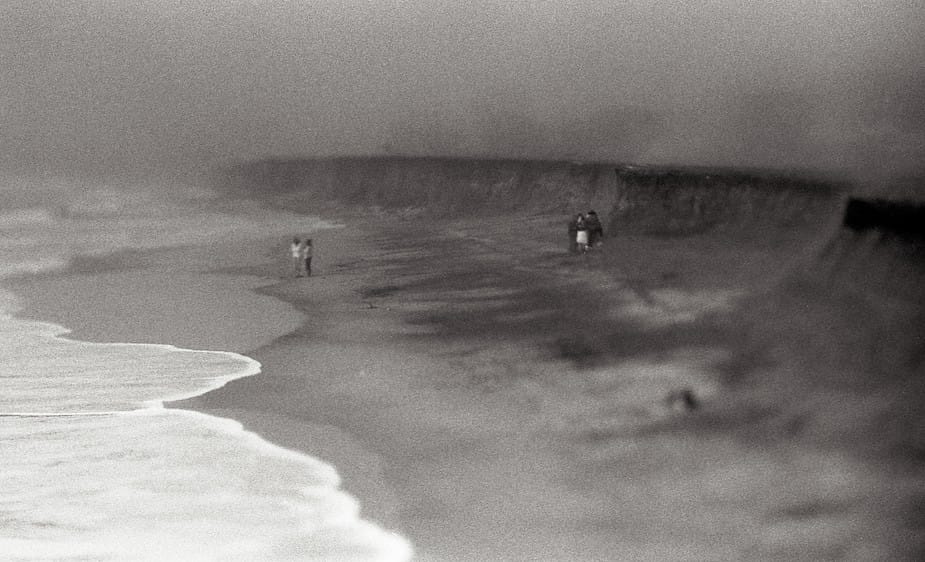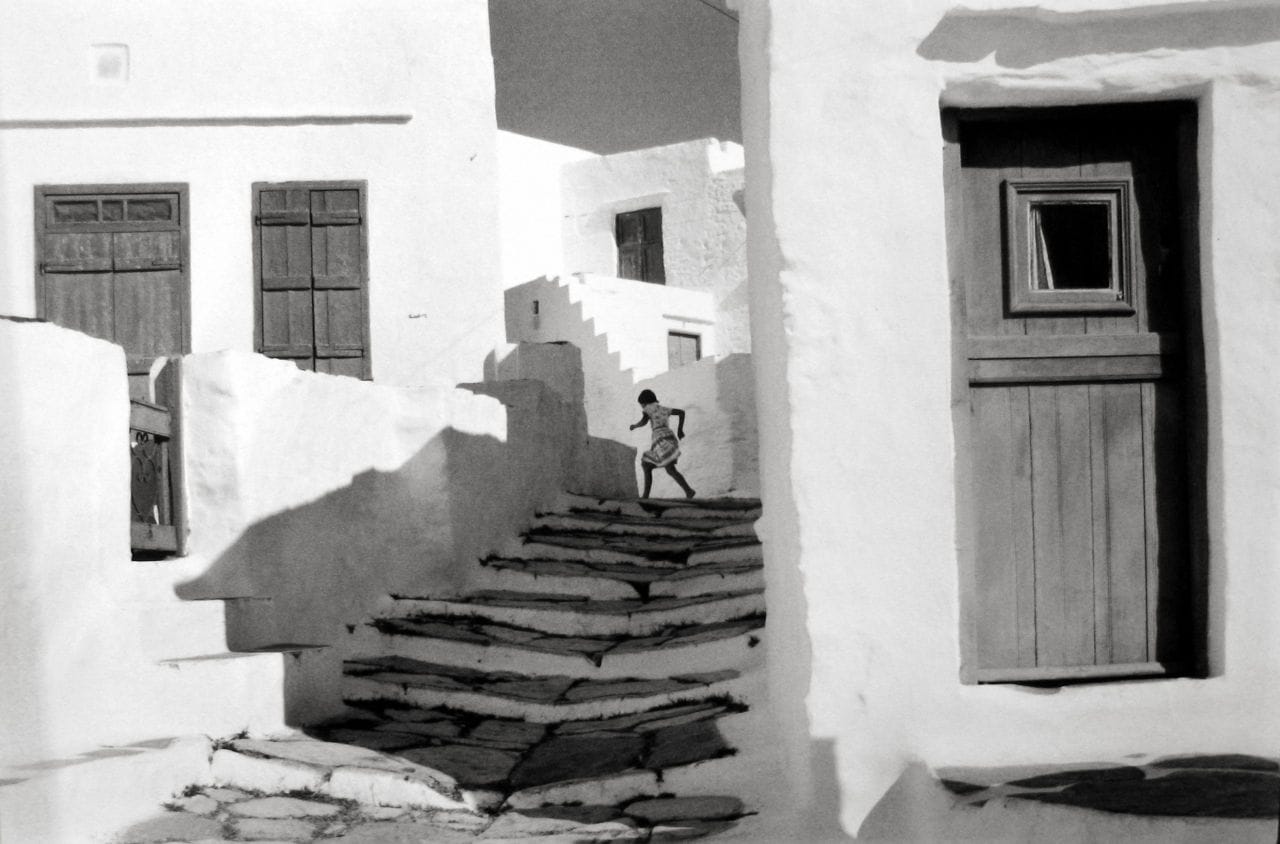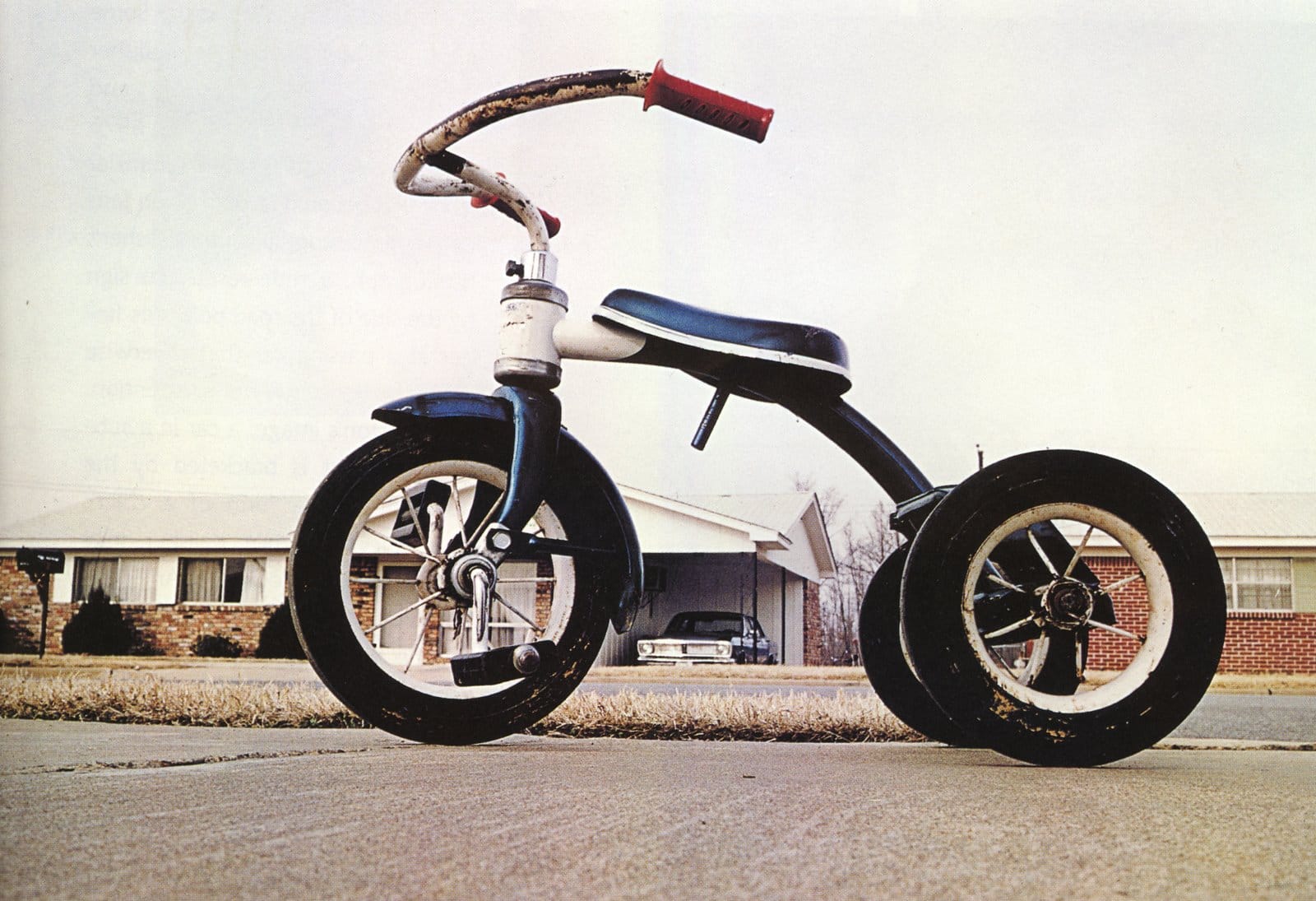Thoughts on B&W and Color Photography

I set out on a 30-day challenge to shoot Street Photography, which I define as people in an urban environment; with a strong emphasis on people. I’m not that comfortable taking photos of people, so pushing myself to take more portraits and interact more.
Most of my shots have been turning out a bit bland. They look to me like what they are; someone taking somewhat random shots of strangers, lacking a bit of oomph that is good street photography.
While studying my photos, photography books, and reading online about street photography; I noticed the vast majority of it is shot in black and white. When you think street photography, you think of the classics and masters who shot in black and white. Naturally, I setup my workflow to convert to black and white on import, so I’ve only been seeing my photos without color.
I switched a few to color and actually liked them a bit more. This just set me off on thinking about black & white vs. color. Why is fine art photography primarily black and white? Down the rabbit hole we go.
The foundations of photography is based in black and white. From the start of photography in the 1800’s the process was just black and white. It was a limitation of the chemical process at the time.
The early masters of photography all developed their skills and showed the world the beauty of photography as art; and all done in black and white. Ansel Adams is probably the foremost example.
This is also true for the early street photographers of the 1950’s. Film became less expensive. Cameras became portable. Photographers headed to the street to capture life, no longer bound to heavy equipment which required tripods and longer exposures.
So, the initial street photography tone was set in black and white. Early masters such as Cartier-Bresson, Walker Evans and Garry Winogrand all produced amazing work in black and white, adding to the large collection of fine art photography all still in black and white.

Color process began taking hold in the 1960’s but the initial color film was not nearly up to the same quality as black and white film. The colors produced were dull and a bit lifeless. So when the masters first dabbled in color photography, they couldn’t produce what they were used to and dismissed it as an inferior product; which at the time it was.
Technology and time progressed and color film and 35mm cameras really started getting good in the 70’s. Processing became cheap and color photography became available to everyone.
This is when you start to see color photography come into fine art. Photographers such as William Eggleston produced color work which was getting recognition as legitimate; but was still rare. Most artists still produced their photography in black and white.

A major reason for black and white to still prevail was the level of control. Even as late as 1999, when I took up photography as a serious hobby, the easiest way to get complete control was to shoot in black and white. You develop your film yourself and print in the darkroom. This is how I learned.
Color processing was available, but required more and harsher chemicals. It required special enlargers which will more expensive and more difficult to operate. Darkrooms and classes around the world were geared towards black and white photography. They had the equipment and black and white chemicals and printing was still inexpensive.
It wasn’t until the 2000’s when inkjet and digital printing became good enough that photographers really got great control and could master color at a reasonable price. Computers were around to manipulate photos previously, but the print was still the main output which was still expensive to go from digital to high-quality print.
For 150+ years black and white was the primary form for photography and color is just now really coming into its own in the last 15 or so years.
Now with internet and mobile explosion, the primary viewing of a photograph is no longer a print but a screen or mobile phone. Photography has blossomed into the medium for the digital age. As digital camera and software improves it becomes even easier to produce great work. Instagram is a great example of this, they tout 30 billion photos shared.
Photography has become even cheaper, printing is no longer required which brings us to where we are now. What’s a tortured-soul artist supposed to do when just about anyone can produce photos that look pretty good. Where does the artistic merit fit in? How do you distinguish your serious fine art photography from the pretty good snapshots.
This seems like one of the major reasons why black and white is being used in photography today. The photographer states: these are serious photos, they’re in black and white.
Black and white reaches back to that past. It embraces the classics and connects today’s photos with the serious work of the masters that came before. So it is natural to choose black and white. The majority of fine art photography is in black and white, I want to do fine art photography, thus I choose black and white.
Reading online, you’ll see a bunch of arguments that shooting in black and white removes distractions. It focuses the reader on the subject. It is a pure form. You’ll see quotes about color is just shooting clothes but black and white captures the soul. This is all baloney.
If black and white medium was the purer and most artistic format that one could produce, we would be seeing paintings in black and white. However for the hundreds and hundreds of years painting has been around they’ve been in and still are in color.
Just about every master painting in the world is in color, from DaVinci to Van Gogh, Monet and Picasso everyone paints in color. If simple black and white is more expressive and convey better emotion, the master painters would’ve used it.
Now, I’m not saying black and white doesn’t have its place. Painters have complete control over what shows in their medium. Street photography is a bit more challenging; so sometimes removing color can help. Just know, black and white doesn’t have to be the default nor color, choose what you wish.
It was easier when I developed my own film. The constraint of black and white let me think more about the image being created and less about the process. Now we have so much choice, and don’t get me started on the hundreds of presets and filters, its not just color but what color look do you want.
So now I’ve thought about it too much and still not answered where it leaves me. Do I convert my photos to black and white or leave them in color? I think I’ll take them on a case-by-case basis.